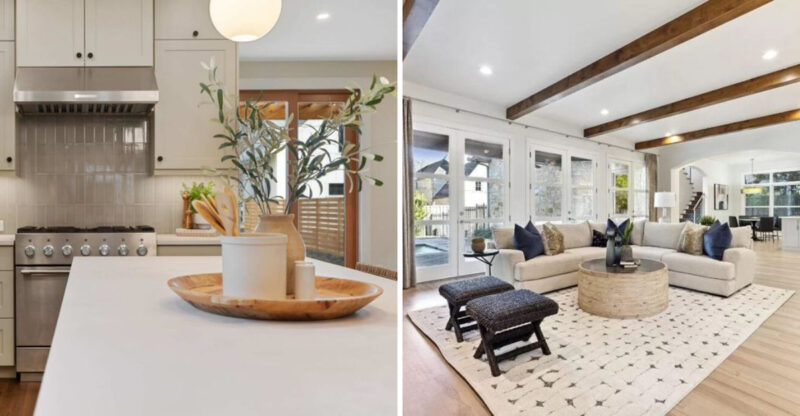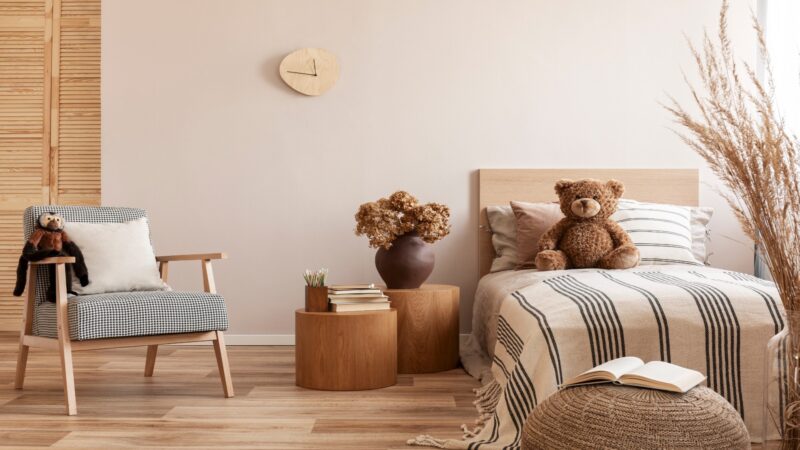How The Reverse Decluttering Method Could Make Tidying Feel More Manageable
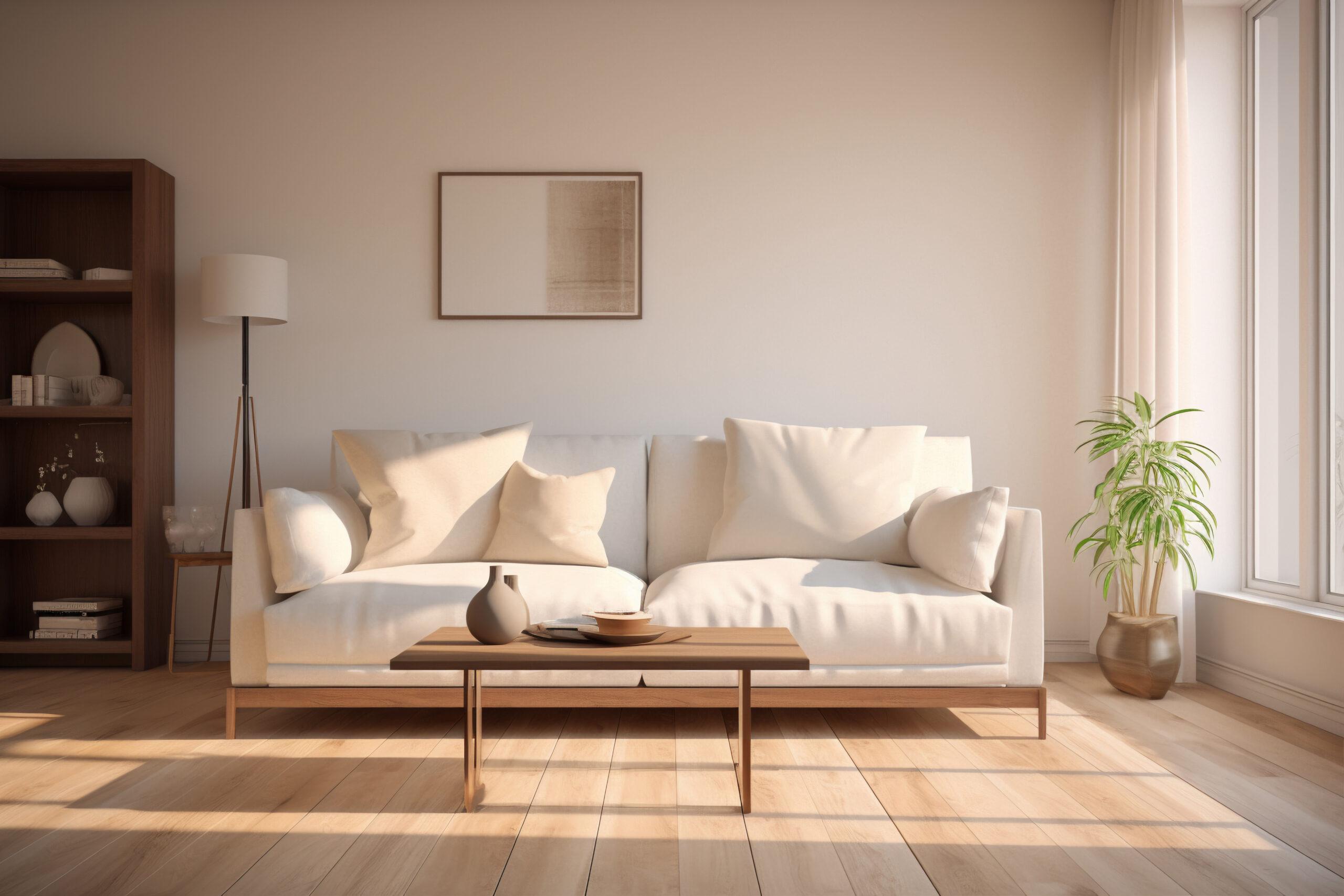
Feeling overwhelmed by messy rooms and piles of stuff? Traditional decluttering often starts with deciding what to throw away, which can feel negative and draining.
The reverse decluttering method flips this approach completely. By focusing first on what you want to keep rather than what to discard, you might find the whole process becomes less stressful and more rewarding.
The information in this article is based on general advice from professional organizers and publicly available resources. Effectiveness may vary depending on individual habits, home environments, and personal preferences. Always adapt strategies to your own lifestyle and consult a professional organizer if you need personalized guidance.
1. How It Differs From Traditional Decluttering
Traditional decluttering asks “what should I remove?” while reverse decluttering asks “what deserves to stay?”
As Di Ter Avest, professional organizer and author of Organize Yourself Healthy explains, “Instead of pulling everything out and deciding what to let go of, you start by choosing the absolute must-haves – the items you love, use all the time or truly need.” This positive approach may create an immediate sense of progress.
2. Step One: Choose Items You Truly Want To Keep
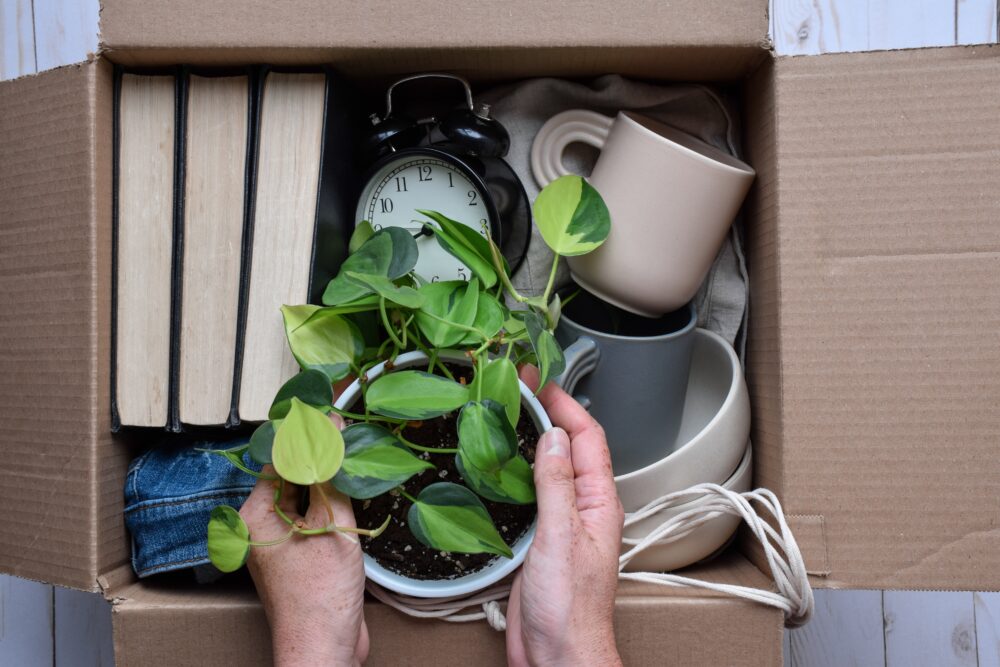
Start your journey by identifying the items that bring genuine joy or serve essential functions in your life. This selective process feels empowering rather than depleting. Think of it as curating a collection of things you actually value, not just deciding what to throw away.
When you begin with appreciation instead of elimination, the emotional weight of decluttering may feel lighter with this method.
3. Step Two: Focus On Function And Daily Use
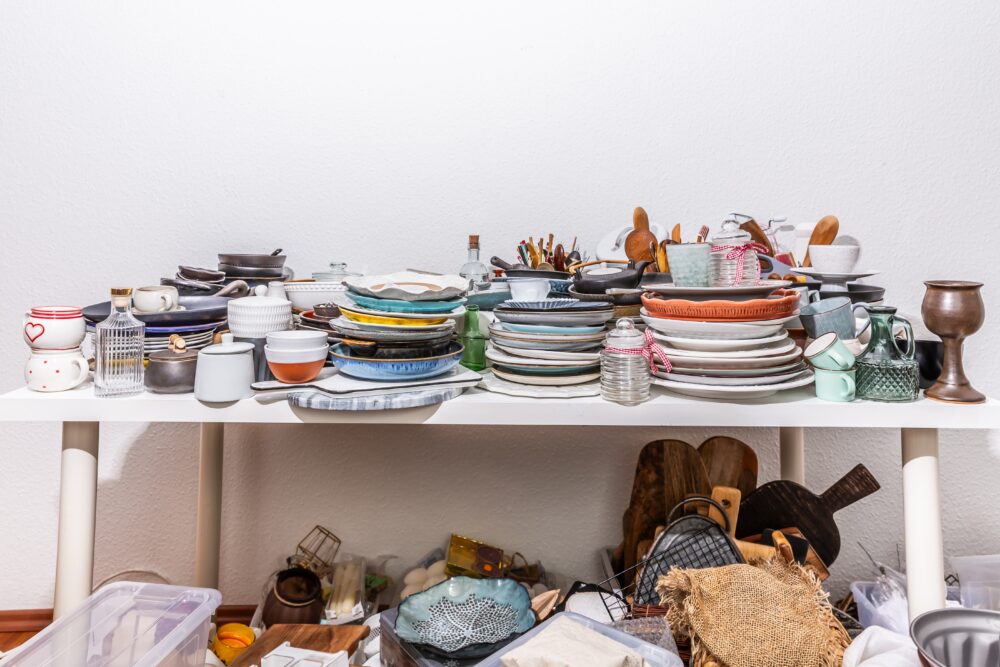
Prioritize items based on how often you actually use them. A California-based professional organizer suggests, “Begin by taking everything out and then return the things that are used every day.”
Daily-use items earn prime real estate in your home. Weekly-use items get second-tier placement, while rarely-used objects can be stored in less accessible areas. This practical hierarchy creates a home that supports your actual lifestyle.
4. Step Three: Create Categories Around Kept Items
Once you’ve selected your keepers, group similar items together to reveal your true priorities. You might discover you have five favorite coffee mugs but twenty others gathering dust. This natural categorization may help highlight duplicates while easing the decision-making process.
The categories emerge organically from what you value, not from predetermined organizational rules that might not fit your life.
5. Step Four: Designate Storage Based On Priorities
Your most-loved and frequently-used items deserve the most accessible storage spaces. As Melissa Gugni, California-based organizing expert, advises, “Give them the ‘best’ locations, like the top drawer or front of a cabinet.”
This priority-based arrangement makes daily life smoother. Your morning routine becomes easier when coffee supplies occupy prime kitchen real estate instead of holiday serving platters used once a year.
6. Benefits Of Reverse Decluttering For Mental Clarity
Focusing on what stays rather than what goes creates a positive mindset shift. The process celebrates what you value instead of dwelling on letting go.
Di Ter Avest notes, “It’s a mindset shift from ‘What do I need to get rid of?’ to ‘What do I actually want to keep in my life?’ It’s super helpful for people who feel overwhelmed by clutter or tend to get stuck in indecision.” This approach reduces the anxiety many experience during traditional decluttering.
7. Why This Method Feels Less Overwhelming
Taking on your entire home at once may make you feel stuck or unable to begin. Gugni recommends starting small: “For most folks, trying to attack a whole home this way would likely be too overwhelming. To simplify the task and ensure the best rate of success, keep to a small area at a time.”
Working with one drawer or shelf creates quick wins. These small victories build momentum for larger spaces.
8. Common Mistakes To Avoid
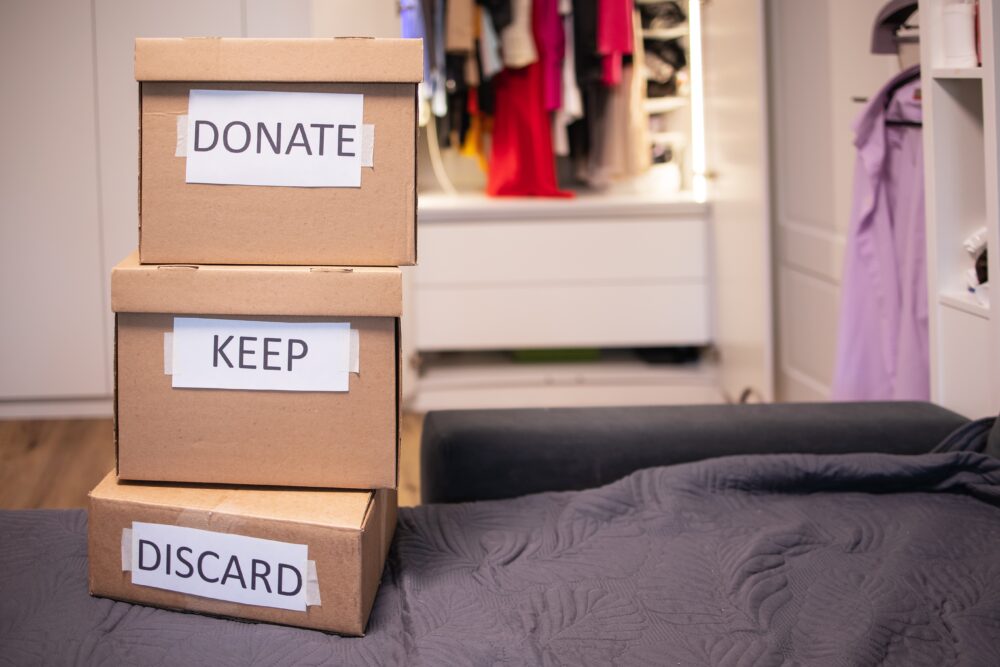
Beware of keeping too many “just in case” items that rarely serve a purpose. These sneaky space-stealers undermine the reverse decluttering philosophy.
Another pitfall is rushing through the selection process without truly considering each item’s value to you. Quick decisions often lead to regrettable outcomes. Lastly, avoid the temptation to store everything perfectly before deciding what truly deserves space in your home.
9. Practical Tips For Getting Started
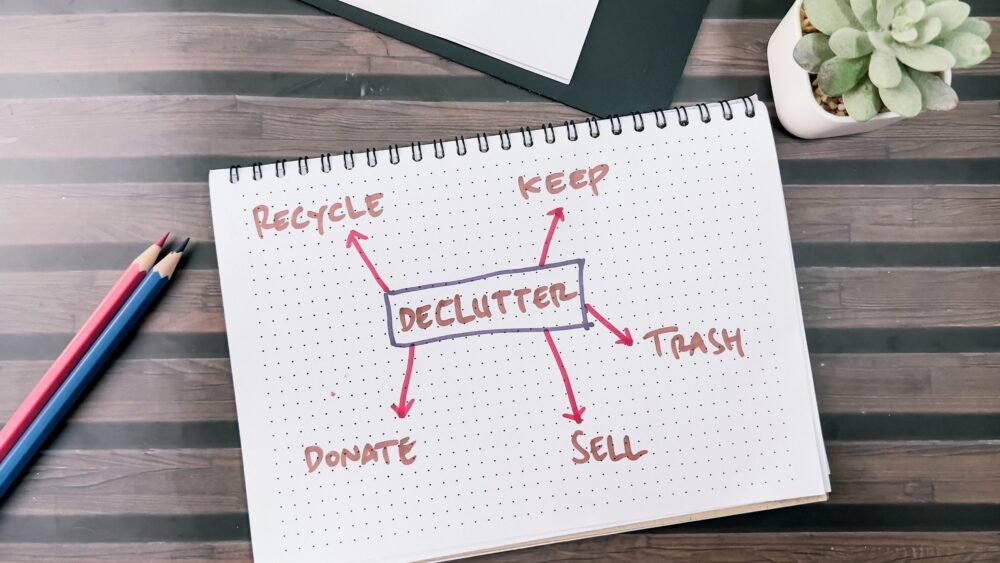
Begin your reverse decluttering journey with a small, contained area like a bathroom drawer or bookshelf. This creates an immediate sense of accomplishment.
Try the “desert island” approach: If you could only keep five items from this category, which would they be? This reveals your true priorities. Consider taking before-and-after photos to appreciate your progress and maintain motivation through larger projects.


